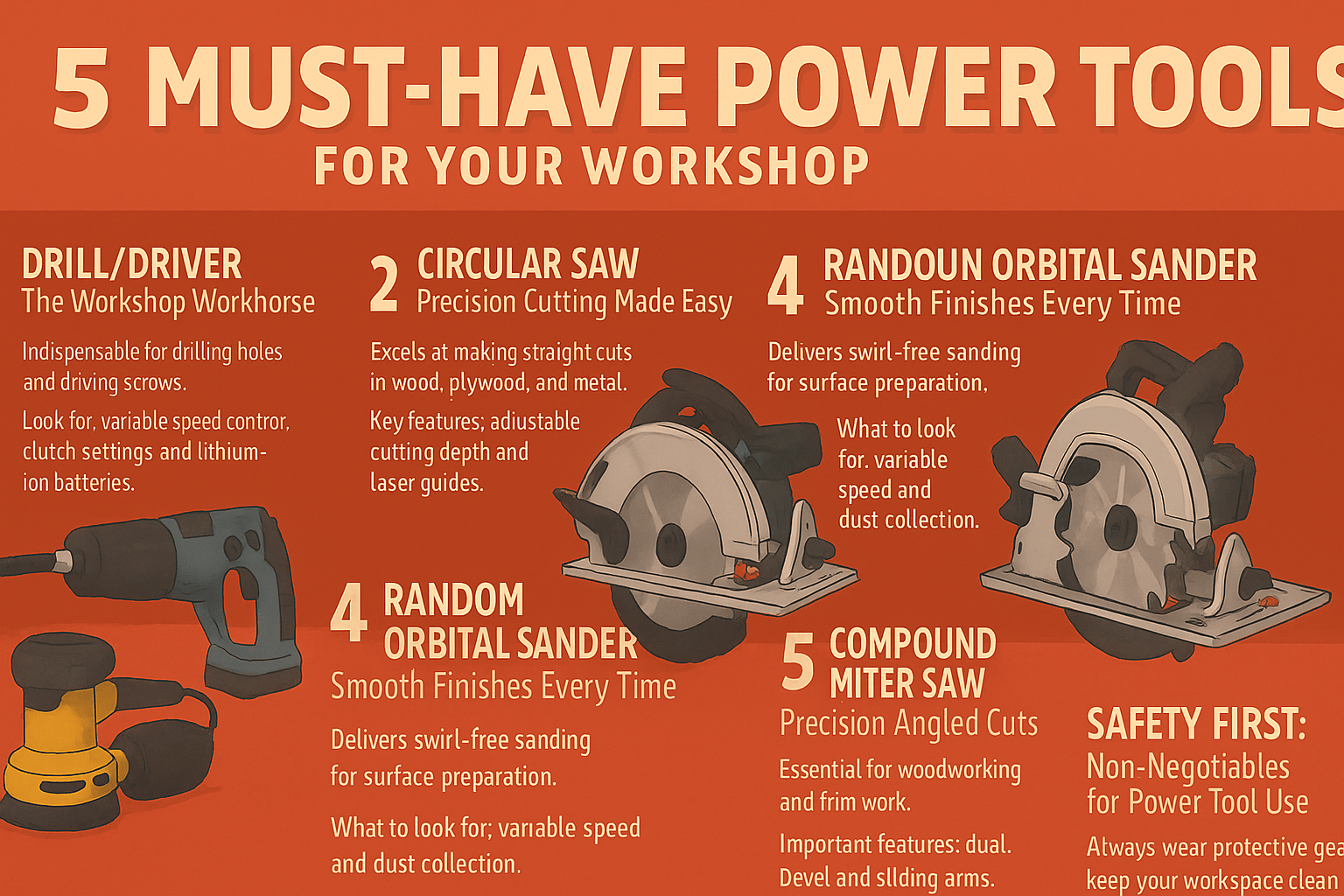What are non-sparking tools and why are they important for safety when using power tools?

Introduction to Non-Sparking Tools
Non-sparking tools are specially designed equipment that do not create sparks when they come into contact with hard surfaces or other materials. Made from materials like aluminum, bronze, or specialized polymers, these tools are essential in environments with flammable substances, such as chemical plants, oil and gas industries, and construction sites. The primary reason for utilizing non-sparking tools is to minimize the risk of ignition in volatile settings—a critical aspect of workplace safety.
In environments where flammable gases, vapors, or dust exist, even the slightest spark can lead to catastrophic explosions or fires. According to the Occupational Safety and Health Administration (OSHA), accidents in these environments can cause severe injuries and fatalities. Thus, using non-sparking tools can significantly reduce these risks, enhancing safety protocols and ensuring compliance with industry regulations.
Understanding the Functionality of Non-Sparking Tools
The core principle behind the design of non-sparking tools is the selection of appropriate materials. Commonly used materials include aluminum, brass, and certain plastics. Aluminum is a lightweight metal that can be crafted into various tools without sacrificing strength, while brass, an alloy of copper and zinc, provides a good combination of hardness and corrosion resistance. Moreover, specialized plastics, such as polyoxymethylene (POM), offer favorable properties, combining strength and chemical resistance without the risk of sparking.
According to the National Fire Protection Association (NFPA), equipment that reduces potential ignition sources is critical in preventing workplace accidents and improving safety overall. Non-sparking tools are manufactured under stringent guidelines to ensure safety and reliability, making their effective implementation essential in industries with high risks.
Importance of Non-Sparking Tools in High-Risk Environments
The importance of non-sparking tools extends across various industries. For instance, in the oil and gas sector, they are crucial during drilling and extraction processes where flammable materials are prevalent. In pharmaceutical manufacturing, these tools help maintain safety standards while processing volatile chemicals. The effective use of non-sparking tools protects workers and preserves production integrity by preventing unintended ignition incidents [Source: Harvard EHS].
Moreover, many non-sparking tools meet specific safety standards established by bodies like the American National Standards Institute (ANSI). Regular inspections and adherence to safety practices further reinforce their effectiveness, making these tools a crucial investment for companies focused on workplace safety.
Applications and Varieties of Non-Sparking Tools
Non-sparking tools are essential in environments where flammable materials are present. These tools include various types designed for specific applications:
- Hand Tools: Common hand tools include wrenches, hammers, pliers, and screwdrivers made from special alloys. Brass or aluminum wrenches, for example, are popular in oil and gas applications to avoid ignition hazards.
- Power Tools: Non-sparking power tools, such as drills and saws, are used in hazardous environments like refineries and chemical plants.
- Specialty Tools: Tools like chisels and scrapers are designed specifically for environments with flammable substances and often feature non-sparking heads and shafts.
Industries such as oil and gas and chemical manufacturing benefit significantly from the application of non-sparking tools. In the oil and gas sector, their use is crucial during drilling and maintenance activities. In chemical plants, these tools help prevent accidental ignitions during processing tasks [Source: OSHA].
Maintenance and Storage Tips for Non-Sparking Tools
To ensure the longevity and effectiveness of non-sparking tools, follow these guidelines for proper maintenance and storage:
- Regular Cleaning: Clean tools after each use with a dry cloth and remove any residues that may corrode the surface. Use mild detergent for stubborn residues; avoid abrasive materials.
- Inspection Before Use: Check for signs of wear, cracks, or damage. Regular inspections identify issues early, promoting safety and functionality [Source: ToolBase].
- Proper Storage: Keep tools in a dry, moisture-free place to prevent rust. Use protective cases or dedicated tool racks.
- Lubrication: Use suitable non-flammable lubricants for moving parts to minimize wear and ensure smooth functioning.
- Keep Away from Heat Sources: Store tools away from high temperatures to prevent material degradation.
- Training and Best Practices: Train all users on proper usage and maintenance. Regular training reinforces safety protocols [Source: National Safety Council].
By adhering to these guidelines, you can significantly extend the life span of your non-sparking tools, ensuring their safety and reliability during use.
Conclusion: Ensuring Safety with Non-Sparking Tools
Utilizing non-sparking tools is crucial for enhancing workplace safety, particularly in environments where flammable materials are present. These tools are crafted from materials such as brass, bronze, and aluminum, which mitigate the risk of sparks that can ignite combustibles. Their application is invaluable not only in construction or industrial maintenance but also in emergency response situations. According to research, 85% of workplace injuries are preventable with proper equipment and safety measures, highlighting the importance of using appropriate tools for specific hazards [Source: Safety+Health].
For a more in-depth look at tool safety in hazardous environments, visit our article on power tool usage.
Sources
- ANSI – American National Standards Institute
- CDC – Tool Maintenance
- Harvard EHS – Environmental Health & Safety
- NCBI – Non-sparking Tools in Pharmaceuticals
- NFPA – National Fire Protection Association
- National Safety Council – Tools Safety
- OSHA – Occupational Safety and Health Administration
- OSHA – Hazardous Workplaces
- ToolBase – Hand Tool Inspection Guidelines
- Safety+Health – Hand Tool Safety Protocols






